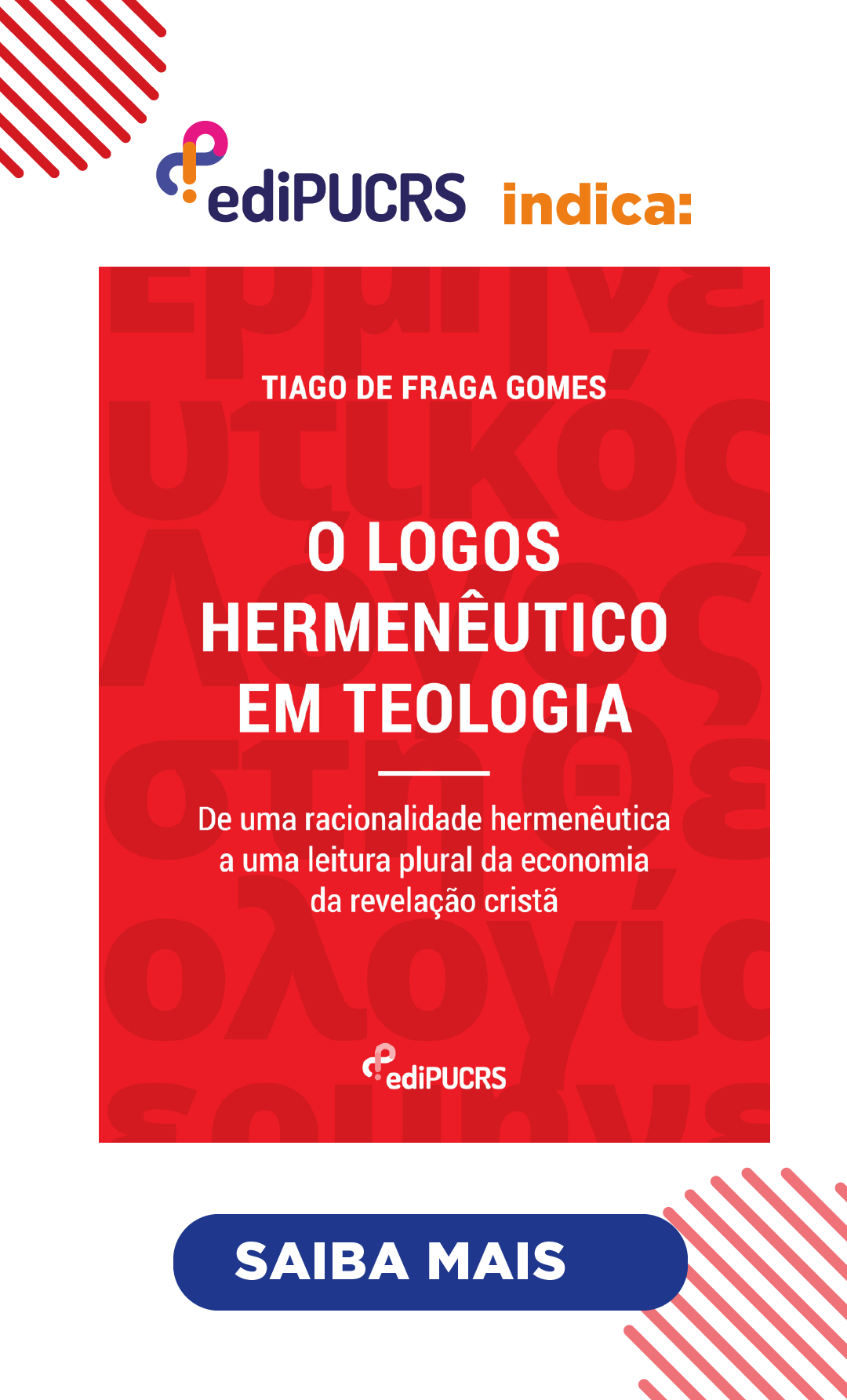Does the No-Miracles Argument commit the Base Rate Fallacy? Presentation, State of the Art and Formalization Difficulties
DOI:
https://doi.org/10.15448/1983-4012.2018.1.31468Keywords:
Filosofia das Ciências, Argumento do Milagre, Realismo, Probabilidade, Inferência à Melhor Explicação.Abstract
We aim to discuss Colin Howson's objection, presented in his book Hume's problem, according to which the no-miracles argument (henceforth, NMA) commits the base rate fallacy. By base rate fallacy, we mean the prior
probability value of a particular hypothesis or theory T, P(T), neglect. In turn, in one of its versions, NMA asserts that only assuming that a mature scientific theory T is approximately true does not make its predictive success a miracle.
When probabilistically formalized, Howson argues that NMA conclusion, the probability that a theory T is approximately true is large, only follows if we assume for T a non-negligible value. Howson's objection aroused two categories
of reaction in the specialized literature: supposing that NMA commits the base rate fallacy, some authors proposed to abandon NMA as an argument for cientific realism epistemological thesis, while others argued that only one version of NMA commits the base rate fallacy; arguing that NMA does not commit the base rate fallacy, some authors have pointed ou some difficults in NMA probabilistic formalization, while others have sought to refine such formalization so that the new one would avoid the fallacy in question. After presenting this state of the art, we will investigate whether or not the probabilistic formalization of the no-miracles argument is reasonable. We will discuss whether or not it ccommodates the nature of inference to the best explanation presupposed in NMA. Finally, we will briefly outline some difficulties for Howson's objection when it is assumed that NMA instantiates, rather, a Peircean abduction.
Downloads
References
CAMPOS, D. On the Distinction between Peirce's Abduction and Lipton's Inference to The Best Explanation. Synthese. vol. 180, n. 3, p. 419-42, 2011.
CASSCELLS, W., SCHOENBERGER, A., GRAYBOYS, T. Interpretation by Physicians of Clinical Laboratory Results. New England Journal of Medicine. vol. 299, p. 999-1001, 1978.
DAWID, R. & HARTMANN, S. The No Miracles Argument without The Base Rate Fallacy. Synthese, Open Access. Último acesso em: 03 de maio de 2018, <https://doi.org/10.1007/s11229-017-1408-x>, 2017.
EASWARAN, K. Bayesianism I: Introduction and Arguments in Favor. Philosophy Compass, vol. 6, n. 5, p. 312-320, 2011.
HANSSON, S.O. Formalisation in Philosophy. Bulletin of Symbolic Logic, vol. 6. n. 2, p. 162 – 175, 2000.
HENDERSON, L. The No-Miracles Argument and The Base Rate Fallacy. Synthese, vol. 194, n. 4, p. 1295–1302, 2017.
HOWSON, C. Hume's Problem: Induction and the Justification of Belief. New York: Oxford University Press, 2000.
_________. Exhuming The No Miracles Argument. Analysis, vol. 73, n.2, p. 205–211, 2013.
IBRI, I. A. Kósmos Noetós: a Arquitetura Metafísica de Charles S. Peirce. São Paulo: Paulus, 2015.
KOLMOGOROV, A. N. Foundations of the Theory of Probability. Tradução de Nathan Morrison. New York: Chelsea Publishing Company, 1950.
LAUDAN, L. A Confutation of Convergent Realism. IN: LEPLIN, J. (Ed.). Scientific realism. Berkeley: University of California Press, 1984, p. 218-49.
LEWIS, P. Why The Pessimistic Induction is a Fallacy. Synthese, vol. 129, p. 371–380, 2001.
LIPTON, P. Inference to The Best Explanation. 2ª ed. London: Routledge, 2004.
MAGNUS, P. D., & CALLENDER, C. Realist Ennui and The Base Rate Fallacy. Philosophy of Science, vol. 71, p. 320–338, 2003.
MENKE, C. Does The Miracles Argument embody a Base Rate Fallacy? Studies in History and Philosophy of Science, vol. 45, p. 103–108, 2014.
MUSGRAVE, A. The Ultimate Argument for Scientific Realism. IN: NOLA, R. (Ed.). Relativism and Realism in Science. Dordrecht: Kluwer Academic
Publishers, 1988.
NEIVA, A. Probabilismo e Bayesianismo em Epistemologia. PERI, v. 07, n. 02, p. 45–69, 2015.
PEIRCE, C. S. Collected Papers of Charles Sanders Peirce, Vols. 1–8. In:
WEISS, P. [et al.] (Eds.). Cambridge: Harvard University Press, 1932 – 1958.
PSILLOS, S. Scientific Realism: How Science Tracks Truth. London: Routledge. 1999.
______. The Fine Structure of Inference to The Best Explanation. Philosophy and Phenomenological Research, vol. 74, n. 2, p. 441-448, 2007.
______. Knowing The Structure of Nature: Essays on Realism and Explanation. New York: Palgrave McMillan, 2009.
______. An Explorer Upon Untrodden Ground: Peirce on Abduction. In: GABBAY, D. & WOODS, J. (Eds.) Handbook of the History of Logic: Volume 10 – Inductive Logic. Elsevier: Amsterdam 2011.
PUTNAM, H. Mathematics, Matter and Method. Cambridge: Cambridge University Press, 1975.
RESCORLA, M. Chrysippus' Dog as a Case Study in Non-Linguistic Cognition. IN: LURZ, R. (ed.). The Philosophy of Animal Minds. New York: Cambridge, 2009, p. 52-71.
______. Bayesian Perceptual Psychology. IN: MATTHEN, M. (Ed.). The Oxford Handbook of the Philosophy of Perception. Oxford: Oxford University Press, 2015, p. 694-716.
SERIÈS, P. Le Cerveau est-il une Machine Bayésienne? IN: DROUET, I. (Dir.). Le Bayésianisme aujourd’hui. Paris: Éditions Matériologiques, 2016.
SILVESTRE, R. S. On The Logical Formalization of Anselm’s Ontological Argument. Revista Brasileira de Filosofia da Religião, vol. 2, n .2, p 142-16, 2015.
SPRENGER, J. The Probabilistic No Miracles Argument. European Journal for Philosophy of Science, vol. 6, p. 173–189, 2016.
VAN FRAASSEN, B.C. The Scientific Image. Oxford: Clarendon Press, 1980.
WEISBERG, J. Varieties of Bayesianism. IN: GABBAY, D.; HARTMANN, S.; WOODS, J. (Eds.). Handbook of the History of Logic, vol. 10, Inductive Logic. Amsterdan: North-Holland, 2011, p. 477–551.
WORRALL, J. Structural Realism: The Best of Both Worlds. Dialectica. vol. 43. n 1-2, p. 99-124, 1989.
Downloads
Published
How to Cite
Issue
Section
License
Copyright
The submission of originals to Intuitio implies the transfer by the authors of the right for publication. Authors retain copyright and grant the journal right of first publication. If the authors wish to include the same data into another publication, they must cite Intuitio as the site of original publication.
Creative Commons License
Except where otherwise specified, material published in this journal is licensed under a Creative Commons Attribution 4.0 International license, which allows unrestricted use, distribution and reproduction in any medium, provided the original publication is correctly cited.





